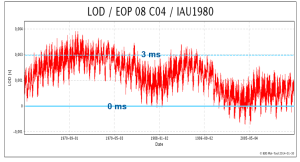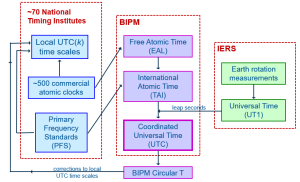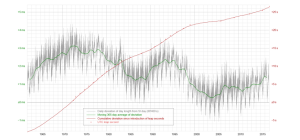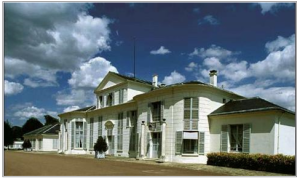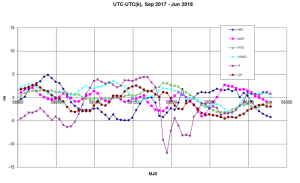A brief history of the time is defined across the world.
1884: International time is defined
- Adopted Greenwich as the prime meridian
- Recommended GMT as the reference time for the world
- Proposed the time zones system
- 1 second = 1/86400 of the mean solar day
But inconsistency in earth’s rotation did drive a change in the second definition
1967: Redefinition of the second based on caesium atomic clock
The second is the duration of 9 192 631 770 periods of the radiation corresponding to the transition between the two hyperfine levels of the ground state of the caesium-133 atom
Based on that new definition the UTC time needs to be synchronised around the world
- Stability and resilience is achieved by averaging around 500 atomic clocks in around 70 institutes worldwide
- The results are published monthly in BIPM Circular T and weekly ‘rapid’ results published in UTCr
- The IERS decides on leap second insertions to keep UTC in step with the Earth’s rotation (UT1)
27 leap seconds have been introduced since 1972 in order to adjust atomic time and the solar day
The UTC time is eventually computed by the BIPM in Paris after computing all the received data for the past month, so the UTC time is only defined with a one month delay.
(BIPM – Bureau International des Poids et Mesures) Based at Sèvres, Paris
See below an exemple of how the data coming from the different location looks like (sept 2017 to june 2018).
Each country is using its own UTC time (not averaged yet) to feed it systems (GPS, GALILEO, GLONASS, Internet NTP …).

